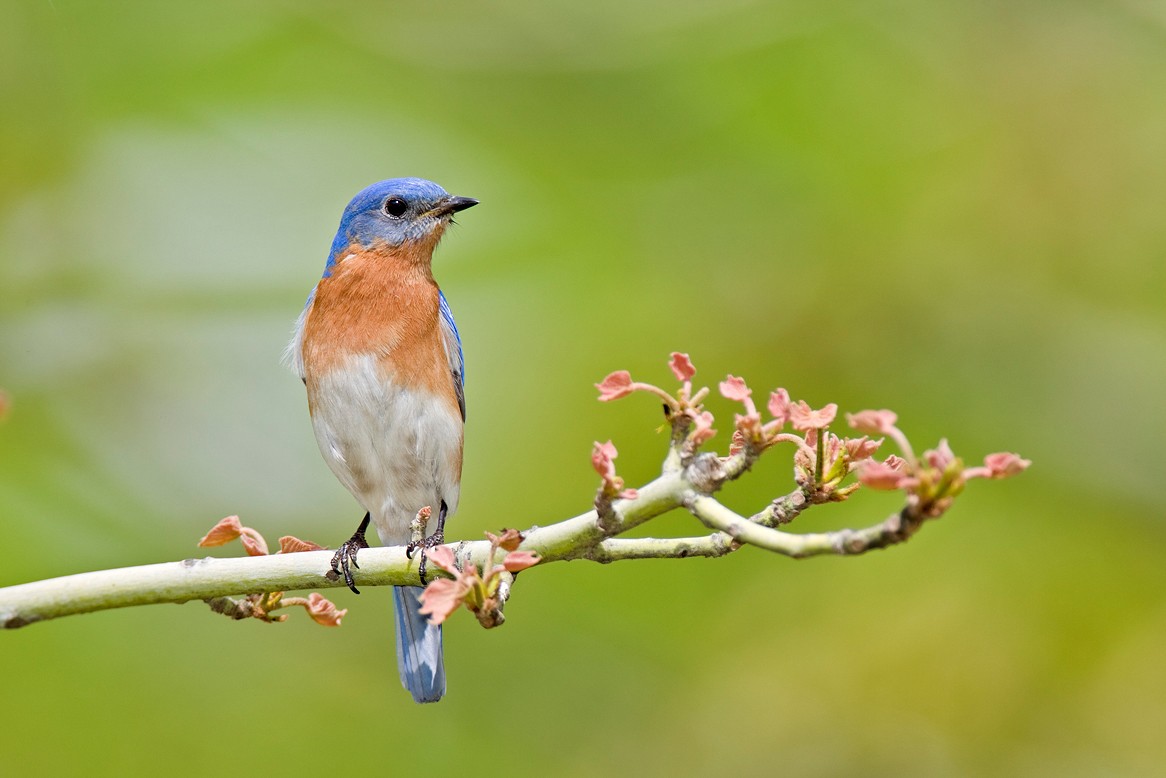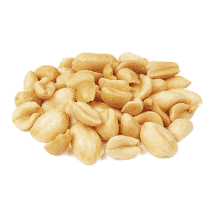Eastern Bluebird
A species of Bluebirds Scientific name : Sialia sialis Genus : Bluebirds
Eastern Bluebird, A species of Bluebirds
Botanical name: Sialia sialis
Genus: Bluebirds
Content
Description People often ask General Info
 Photo By William H. Majoros , used under CC-BY-SA-3.0 /Cropped and compressed from original
Photo By William H. Majoros , used under CC-BY-SA-3.0 /Cropped and compressed from original Description
The tiny, distinctively-colored eastern Bluebird can often be seen in the countryside and other suburban, open areas. These small thrushes love nest boxes and so-called "bluebird trails" - a series of birdhouses put up especially for them along a certain route. These trails are part of conservation efforts that have helped to reverse their decline in population between the 1940s and the 1970s.
Size
16 - 21 cm
Life Expectancy
10.4 years
Nest Placement
Cavity
Clutch Size
2 - 7 eggs
Incubation Period
1 - 3 broods
Number of Broods
11 - 19 days
Nestling Period
17 - 21 days
Feeding Habits
Eastern Bluebird's diet is primarily insects like caterpillars, beetles, crickets, and spiders, with about two-thirds of their intake comprising invertebrates. They consume fruits, especially in fall and winter, such as mistletoe, berries, and cherries. Occasionally, they eat small amphibians and reptiles.
Habitat
Eastern Bluebird are found in open terrains such as meadows and grasslands, interspersed with trees that provide nesting sites. They favor areas with minimal understory vegetation and scattered ground cover. Originally, eastern Bluebird inhabited open pine savannas and areas around beaver ponds, as well as open forested regions with mature trees and clearings. Nowadays, typical environments include pastures, farm fields, suburban parks, residential gardens, and golf courses. Eastern Bluebird range extends throughout eastern North America, reaching as far south as Nicaragua.
Nest Behavior
The female eastern Bluebird constructs the nest after mate attraction by the male. They may build in several spots within a territory but use only one. Nesting may extend to multiple broods using the same nest.
Nest Characteristics
Eastern Bluebird typically choose old woodpecker holes in pine or oak trees, or nest boxes, preferring snugger spaces with larger entrance holes. Their nests are made from grasses and pine needles, sometimes lined with horse hair or turkey feathers.
Dite type
Insectivorous
People often ask
General Info
Feeding Habits
Bird food type

Suet

Peanut Hearts

Fruit

Mealworms
Bird Feeder Type

Platform

Ground
Sounds
Song
Recording location: Mexico
Song
Recording location: United States
Behavior
Eastern Bluebird engage in a variety of activities throughout the day, mainly comprising foraging for insects by swooping to the ground or catching them midair, an impressive feat enabled by their sharp vision. They possess an erratic flight pattern, zipping across fields, typically close to the ground. Territory defense is vigorous among the males, depicted by high-speed chases and physical altercations using feet, beaks, and wings. Nest selection is critical in their lifestyle, with males commonly engaging in aggressive encounters with other birds over prime nesting sites like boxes and tree cavities. Uniquely, males perform a courtship display, enticing females with nest material, establishing a strong pair bond which often persists over multiple breeding seasons.
Scientific Classification
Phylum
Chordates Class
Birds Order
Perching birds Family
Thrushes Genus
Bluebirds Species
Eastern Bluebird